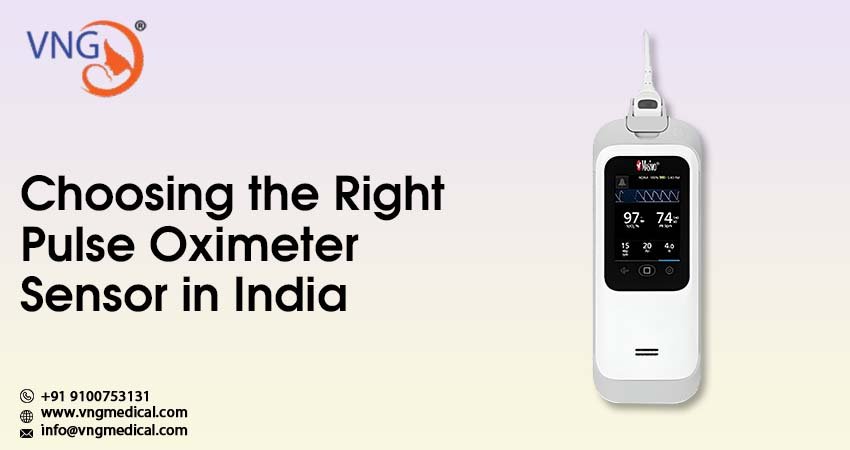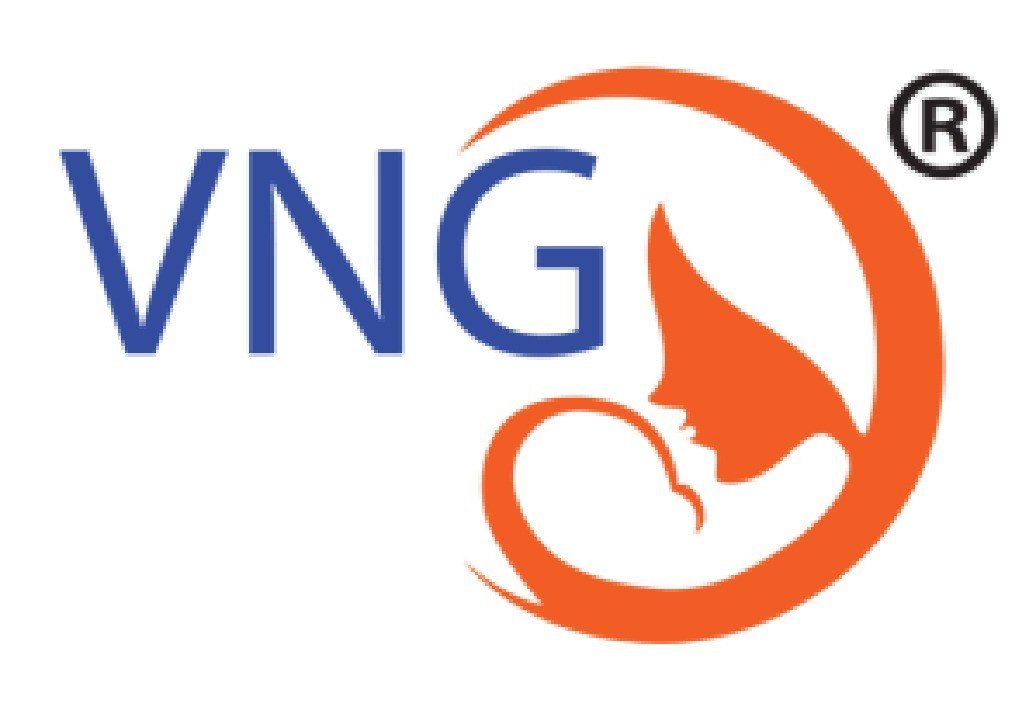One of the most helpful tools in monitoring the health of newborn babies is an automatic pulse oximeter. There is the possibility of respiratory or cardiac issues in a newborn, and a Pulse Oximeter Sensor in India issues an early warning. Routine checks of the babies, and neonatal care in particular, is an area where the tools and methods offer a great deal of scope for improvement.
Hospitals and now families start to appreciate the value and importance of basic tools of care that offer affordable solutions. Everyone in a family gets better, easier and, quick access to the medical core.
Why a Pulse Oximeter Sensor Matters
A pulse oximeter sensor measures oxygen saturation (SpO2) and pulse rate without causing pain. For newborns, this is essential because:
• It helps detect congenital heart disease through CCHD screening.
• It tracks oxygen levels during emergencies, when quick action is required.
• It allows doctors and parents to monitor fragile babies in neonatal care.
• It supports safe discharge from hospitals, giving reassurance to families.
Adults also benefit. Patients with asthma, COPD, or those recovering from COVID-19 use these sensors at home. Athletes use them to monitor recovery. Elderly individuals use them to track oxygen and pulse.
How a Pulse Oximeter Sensor Works
The device shines light through the fingertip or earlobe. In neonatal cases, probes are often placed on a foot or hand. The light sensors measure how much oxygen is attached to hemoglobin. The device then shows readings such as SpO2 and pulse rate. Some models also track:
• Respiration Rate
• Perfusion Index
• Pleth Variability Index
These additional readings give doctors deeper insights into a newborn’s or patient’s condition.
Key Features of a High-Quality Pulse Oximeter Sensor in India
|
Feature |
Details |
| Battery backup | Rechargeable with 24 hours of use |
| Display | LCD touch display |
| Newborn care | Meets standards for CCHD screening and neonatal monitoring |
| Motion tolerance | Accurate readings even with movement |
| Alarm system | Visual and audible alarms, with smart beeps for minor changes |
| Durability | 6ft fall-proof, slim, and lightweight |
| Parameters tracked | SpO2, Pulse Rate, Respiration Rate, Perfusion Index, Pleth Variability Index |
| Certification | Clinically and scientifically validated |
Who Should Use It
• Newborns and neonates for post birth screening
• Any parents home with baby for reassurance during vulnerable period
• Any seniors with devices tracking oxygen and pulse
• Persons with diseases affecting breathing
• Athletes training and recovering during sessions
• Healthcare centres and hospitals with several patients
Benefits for Neonatal Care
• Ability to screen for CCHD to find heart problems
• Ability to monitor throughout a NICU stay
• Smart alarms to monitor oxygen to caregivers even for little drops
• Tolerance to movement for babies to ensure accuracy
• Has a lightweight form for added ease during checks
General Benefits
• For constant use, you can recharge for 24 hours
• Whether home or hospital, it provides accurate readings
• Reduced size ensures effortless daily activities as shown
• Guaranteed swiftness to actionable most audible or visual alert systems
The Future of Pulse Oximeter Sensor in India
India is seeing rise in neonatal health awareness. Hospitals and families are investing in smarter devices. Many new models connect to mobile apps making it easy for doctors to review baby health remotely. As costs reduce, these advanced tools will become common in households, helping families feel safer about their newborn’s health.
Frequently Asked Questions
Q1. Is this device suitable for newborns?
Yes it is meant for CCHD screening and Neonatal Care.
Q2. How long does the device last on battery for after a full charge?
It lasts for 24 continuous hours when fully charged.
Q3. What indicators does it monitor and record?
Resting SpO2, Pulse Rate, Respiration Rate from Pleth, Perfusion Index and Pleth Variability Index.
Q4. In the event of the patient’s oxygen level being critically low, will it be able to raise an alarm?
Yes indeed, it has visual and audible alerts on all of the critical and even non critical parameters.
Q5. The device is meant for hospital use, is it safe and equally durable?
Yes it has been tested to ensure it is safe to drop from 6ft, is also very light and slim making it ideal for daily use in hospitals and homes.



